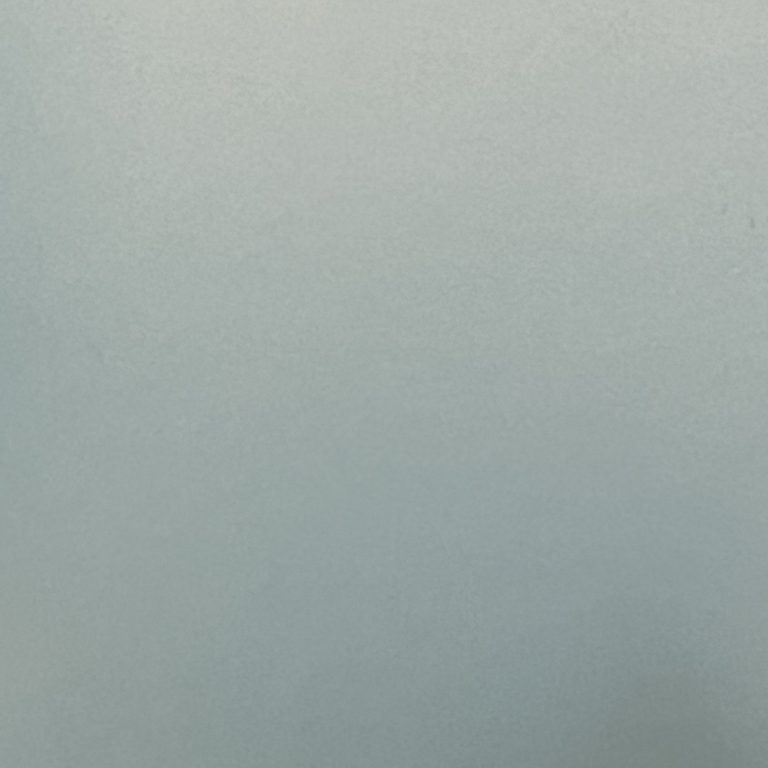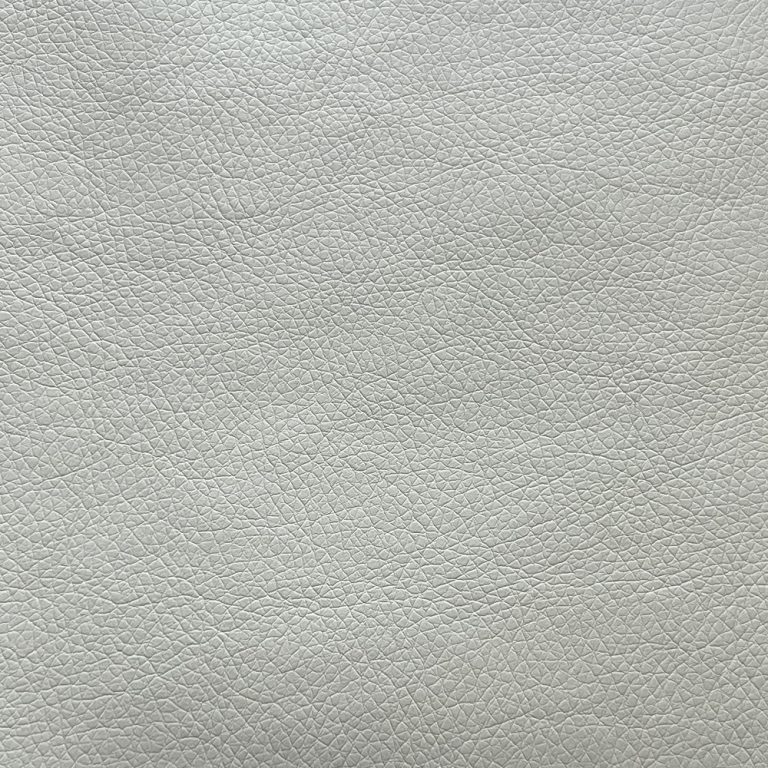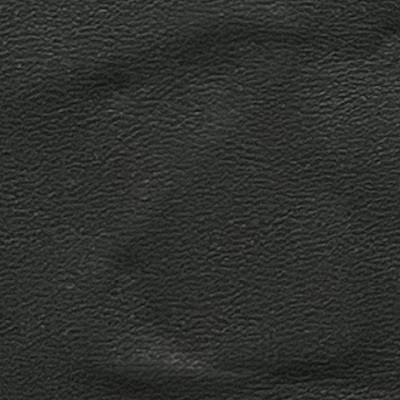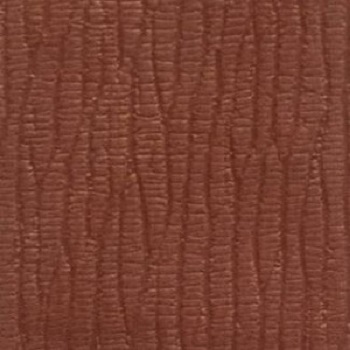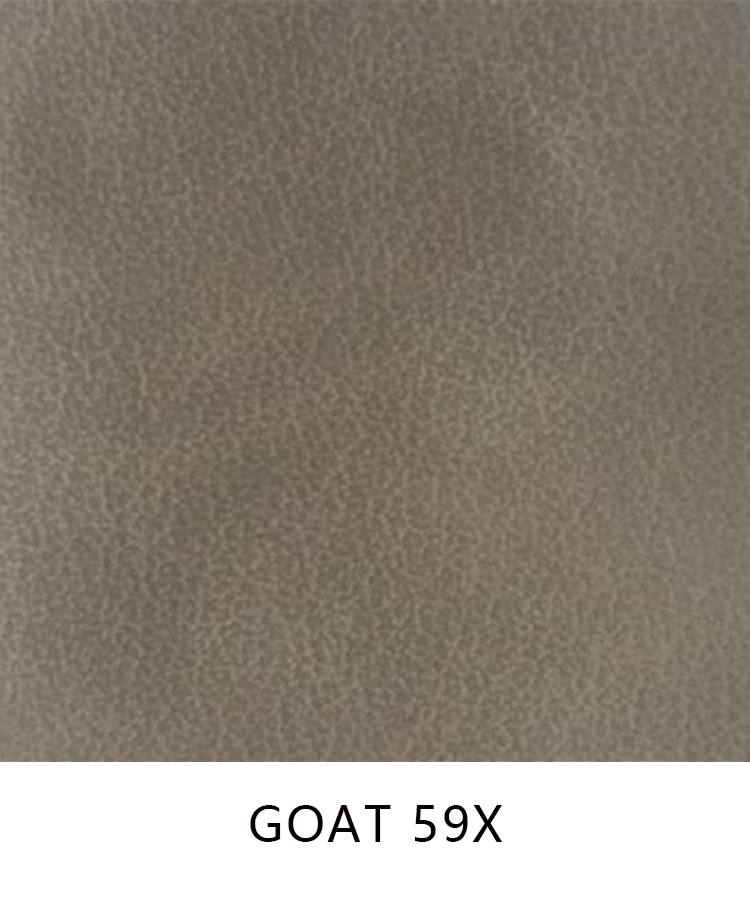Pros and Cons of Using Fabric PU Leather for Shoe Making
Fabric PU leather has become a popular choice for shoe making due to its versatility and durability. This synthetic material offers a wide range of benefits that make it an attractive option for both manufacturers and consumers. However, like any material, fabric PU leather also has its drawbacks that need to be considered before making a decision on whether to use it for shoe production.
| Model | Product |
| S | Shoe Upper |
One of the main advantages of fabric PU leather is its affordability. Compared to genuine leather, fabric PU leather is much more cost-effective, making it a budget-friendly option for shoe manufacturers. This allows for the production of high-quality shoes at a lower price point, making them more accessible to a wider range of consumers.
In addition to being affordable, fabric PU leather is also highly versatile. It can be easily dyed and manipulated to create a wide variety of colors and textures, giving designers the freedom to create unique and stylish shoe designs. This versatility allows for greater creativity and innovation in shoe making, making fabric PU leather a popular choice among designers and manufacturers alike.

Another benefit of fabric PU leather is its durability. This synthetic material is resistant to wear and tear, making it ideal for shoes that are subjected to daily use and abuse. Fabric PU leather is also water-resistant, making it a practical choice for shoes that may be worn in wet or damp conditions. This durability ensures that shoes made from fabric PU leather will last longer and maintain their appearance over time.
Despite its many advantages, fabric PU leather does have some drawbacks that need to be considered. One of the main disadvantages of fabric PU leather is that it is not as breathable as genuine leather. This can lead to discomfort for the wearer, especially in hot and humid conditions. Additionally, fabric PU leather may not have the same luxurious feel as genuine leather, which can be a drawback for consumers looking for a more premium product.
Another potential downside of fabric PU leather is its environmental impact. While fabric PU leather is a synthetic material, it is still made from petrochemicals and other non-renewable resources. This can have a negative impact on the environment, especially if the material is not disposed of properly. Additionally, the production of fabric PU leather can involve the use of harmful chemicals and processes, which can further contribute to environmental degradation.
In conclusion, fabric PU leather offers a wide range of benefits for shoe making, including affordability, versatility, and durability. However, it also has its drawbacks, such as breathability issues, lack of luxury feel, and environmental concerns. Ultimately, the decision to use fabric PU leather for shoe production will depend on the specific needs and priorities of the manufacturer and consumer. By weighing the pros and cons of fabric PU leather, both parties can make an informed decision on whether this material is the right choice for their shoe making needs.



